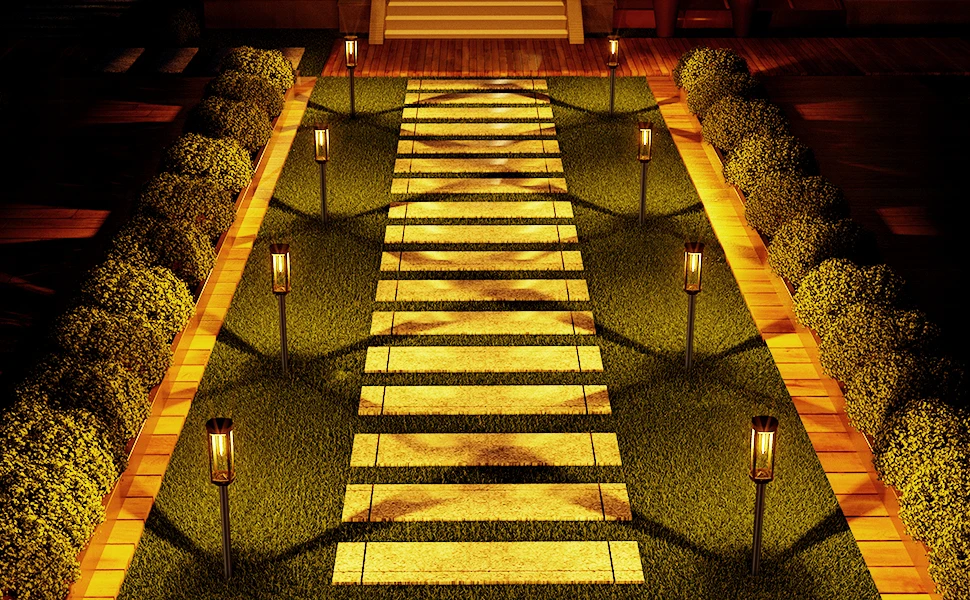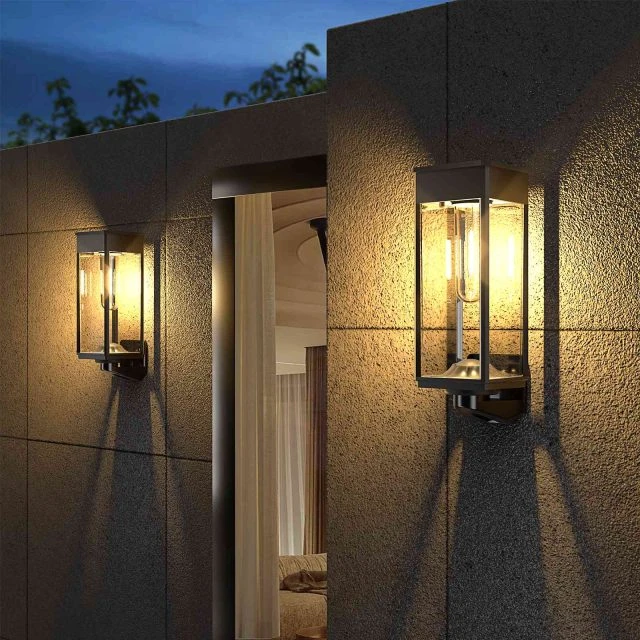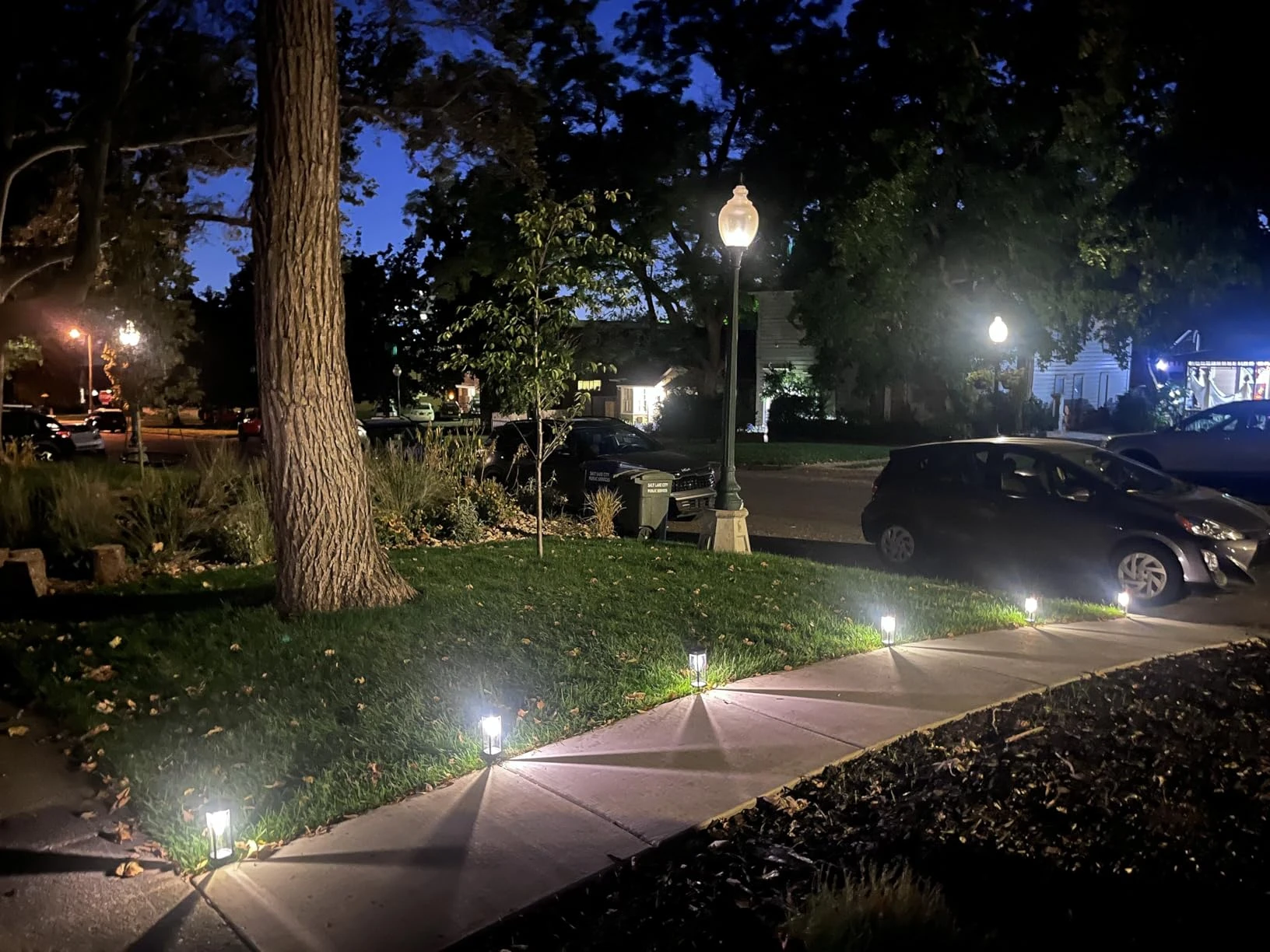With the push for dual carbon goals—reducing emissions and achieving neutrality—green lighting is no longer just a trend; it’s a must for homes and communities. But picking the right solar lights and using them effectively can feel tricky, leaving many unsure how to make their eco-friendly intentions stick. Solar lights, available in all sorts of styles, offer a straightforward way to cut carbon without sacrificing function or beauty. This guide breaks down how to use full-range solar lights to create practical, zero-carbon lighting solutions that work for everyday life.

Swapping to Zero-Carbon in Homes
Switching to solar lights at home is one of the easiest ways to embrace green lighting and cut down on energy use. By replacing traditional electric lights with solar-powered ones, you can slash your electricity consumption while keeping your space functional and inviting. Here’s how to make the swap in key areas:
- Yard Lighting with Solar Garden Lights: Replace plug-in garden lights with solar garden lights. A typical electric yard light, burning for 6 hours a night, can use about 120 kWh per year. Solar alternatives? Zero electricity. They charge by day and light your yard by night, saving energy without changing your routine.
- Entryways with Solar Wall Lights: Ditch wired wall lights at your front door for solar wall lights. These mount easily, no electrician needed, and provide reliable light for late-night key fumbling. Plus, you skip the hassle and cost of rewiring.
- Balcony Decor with Solar String Lights: Swap out electric string lights for solar string lights to deck out your balcony for holidays or cozy evenings. They’re just as festive but won’t spike your bill or trip a breaker, making them a stress-free, eco-friendly choice.
These swaps are simple, cost-effective, and let you contribute to dual carbon goals without overhauling your home.
Building Zero-Carbon Communities with Solar
Beyond individual homes, green lighting can transform entire neighborhoods. By integrating full-range solar lights into shared spaces, communities can cut public energy costs, boost safety, and rally residents around sustainability. Here’s how solar lights can create a zero-carbon linkage across community spaces:
- Pathways with Solar Path Lights: Line neighborhood walkways with solar path lights. These reduce the community’s reliance on grid-powered streetlights, lowering public electricity bills. They’re low-maintenance and keep paths safe for evening strolls or dog walks.
- Greenery with Solar Spotlights: Replace electric spotlights with solar spotlights to highlight trees or landscaped areas in community gardens. These lights showcase the beauty of greenery while slashing energy use, making parks or green belts more sustainable and visually striking.
- Entrances with Solar Fence Lights: Install solar fence lights at building or unit entrances, paired with access control systems. They enhance security by illuminating key areas without adding to the grid’s load. Residents can pitch in to clean panels or report issues, fostering a shared sense of dual carbon goals.
This collective approach not only cuts costs but also builds a community-wide commitment to zero-carbon lighting, making sustainability a shared win.
Practical Tips for Making Solar Work
To get the most out of full-range solar lights, a little know-how goes a long way. Here are some tips to ensure your setup is effective and long-lasting:
- Maximize Sun Exposure: Place lights where they’ll get direct sunlight for at least 6–8 hours. Avoid spots under eaves or dense trees to keep batteries charged.
- Choose Quality: Opt for weather-resistant, durable models. Cheap lights might tempt, but they often fade fast or fail in bad weather. Check reviews for reliability.
- Seasonal Care: In winter, clear snow or leaves from solar panels. If daylight’s short, consider repositioning lights to sunnier spots to maintain performance.
These small steps keep your solar lights shining bright, ensuring your green lighting efforts pay off year-round.
The Bigger Picture of Solar Lighting
Solar lights do more than just light up spaces—they’re a bridge between personal choices and broader dual carbon goals. Each light you install is a step toward cutting emissions, saving money, and living lighter on the planet. For homes, it’s about making sustainable choices that fit your lifestyle. For communities, it’s about creating shared spaces that reflect a collective commitment to the environment. Together, these efforts build a low-cost, sustainable system that doesn’t just light up the night but also lights the way to a greener future.

Overcoming Hesitations
Some worry solar lights aren’t bright enough or reliable compared to wired ones. But modern full-range solar lights have come a long way—better batteries, smarter sensors, and brighter LEDs mean they can hold their own. Others might think the upfront cost is too high, but the long-term savings on electricity (and no installation fees for wiring) make them a smart investment. Plus, with no grid dependency, you’re insulated from power outages or rate hikes. It’s a practical way to align with zero-carbon lighting without breaking the bank.
A Ripple Effect for Sustainability
The beauty of solar lights is their ability to connect the dots—between your home, your neighbors, and the planet. A single solar garden light might save you 120 kWh a year, but a whole neighborhood switching to solar path lights or solar spotlights can cut thousands of kilowatts collectively. Add in the community pride of maintaining a greener, safer space, and you’ve got a ripple effect that goes beyond just lighting. Residents feel empowered, costs drop, and the environment gets a break. It’s a small change with big impact.
Lighting the Way Forward
Solar lights aren’t just tools for illumination—they’re a zero-carbon linkage that ties together personal action, community effort, and global goals. By swapping out old lights for solar garden lights, solar wall lights, or solar string lights at home, you’re making sustainability real in your own backyard. In communities, solar path lights, solar spotlights, and solar fence lights create safer, greener spaces while cutting costs. Together, these choices weave a network of green lighting that’s affordable, sustainable, and deeply meaningful. Your courtyard or neighborhood isn’t just a place—it’s a step toward a zero-carbon future, lit up one solar light at a time.

Comments